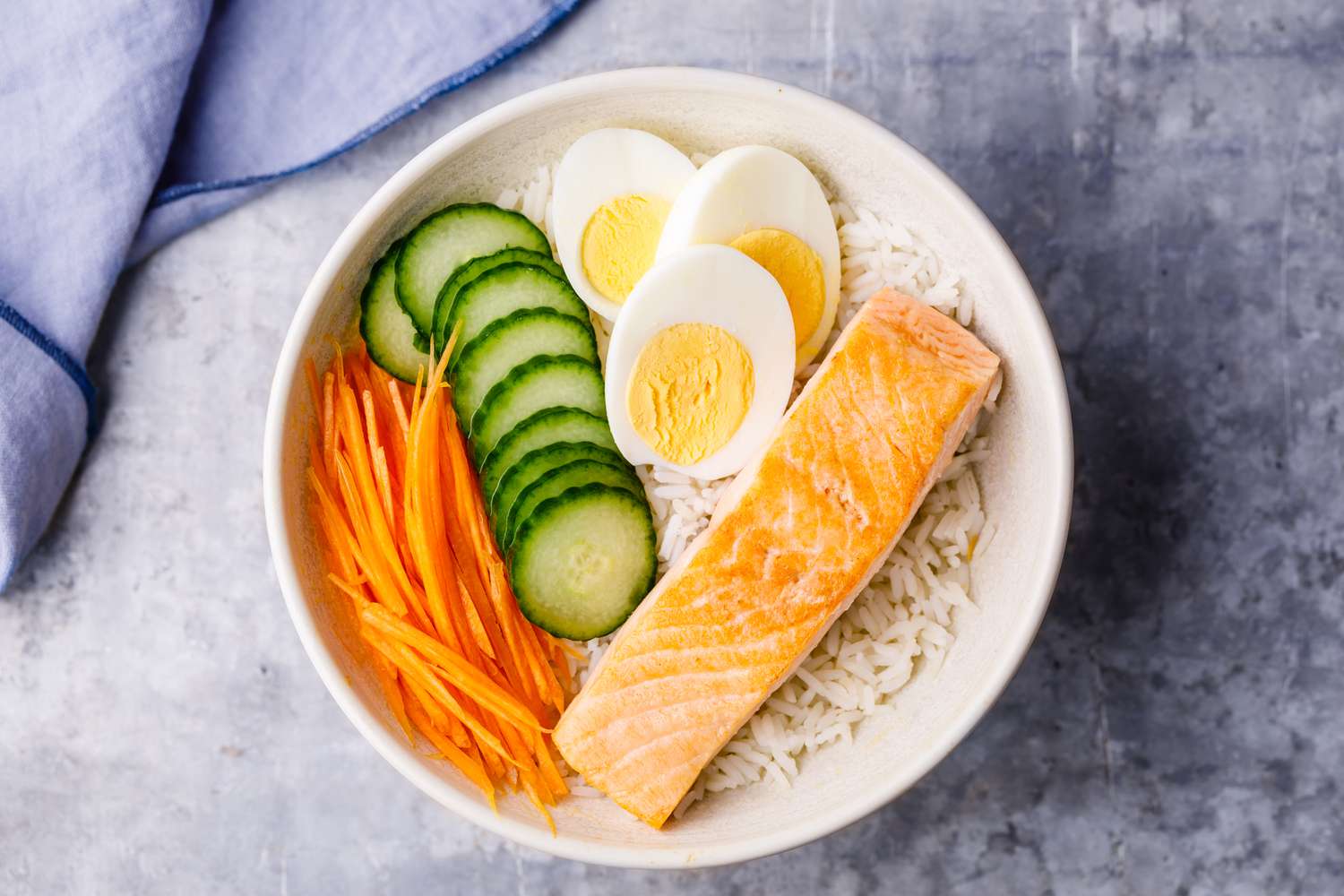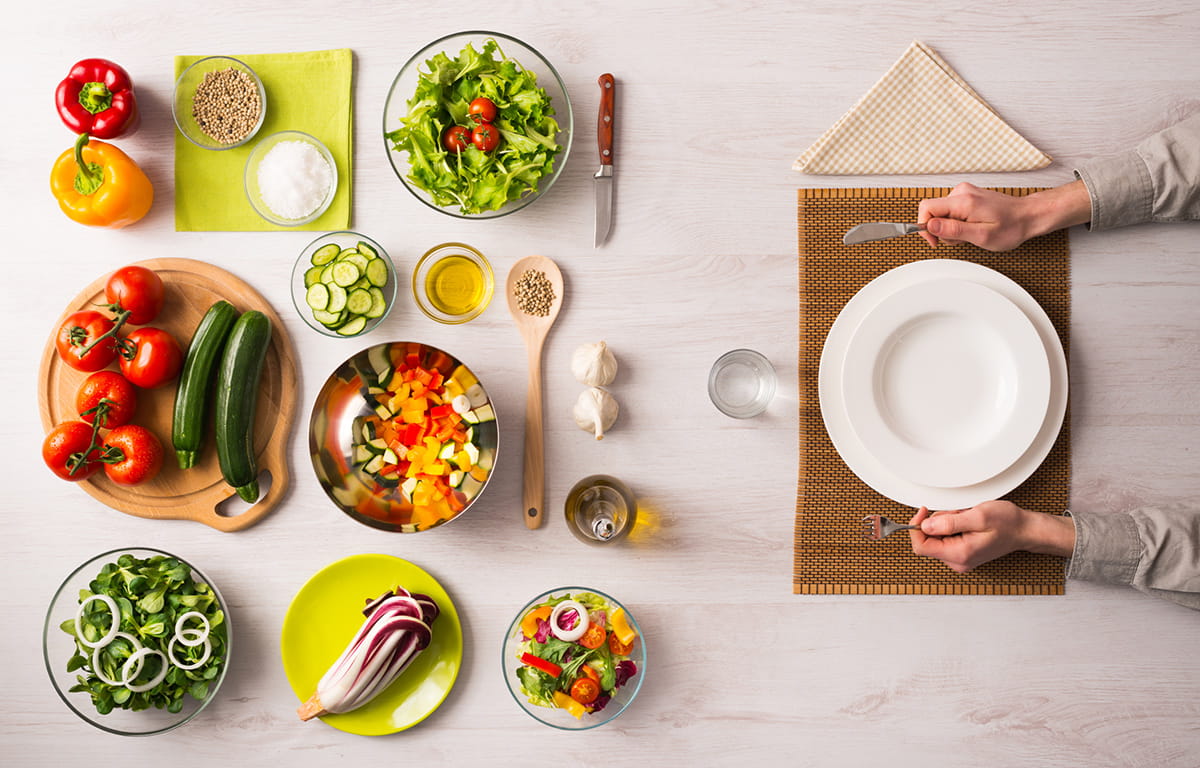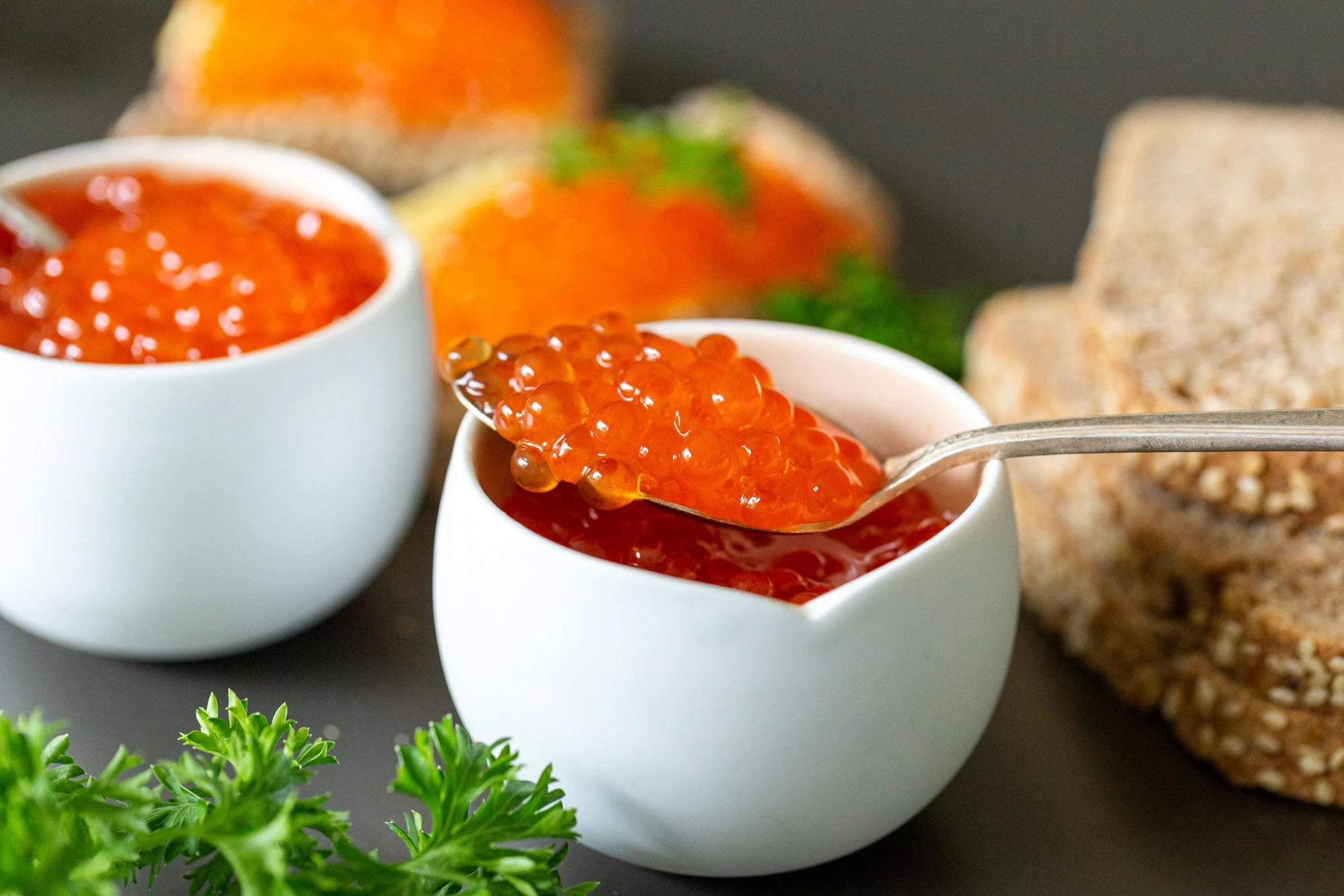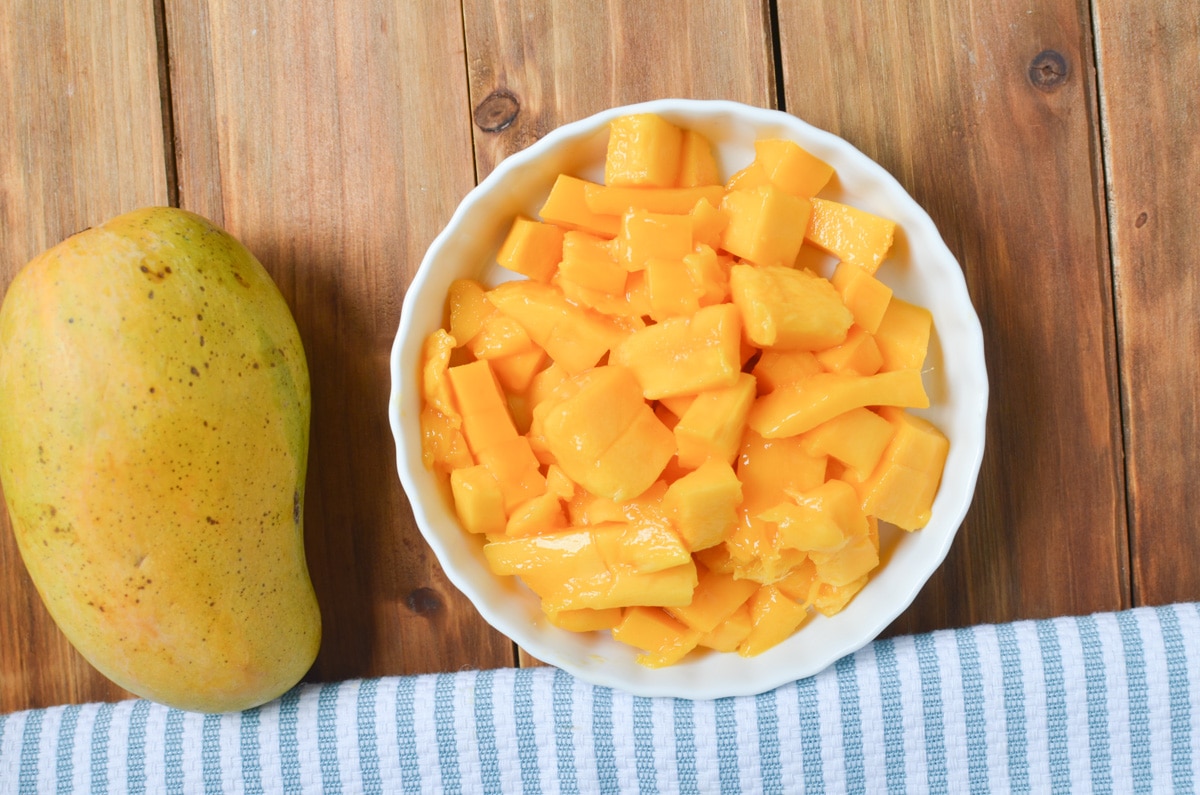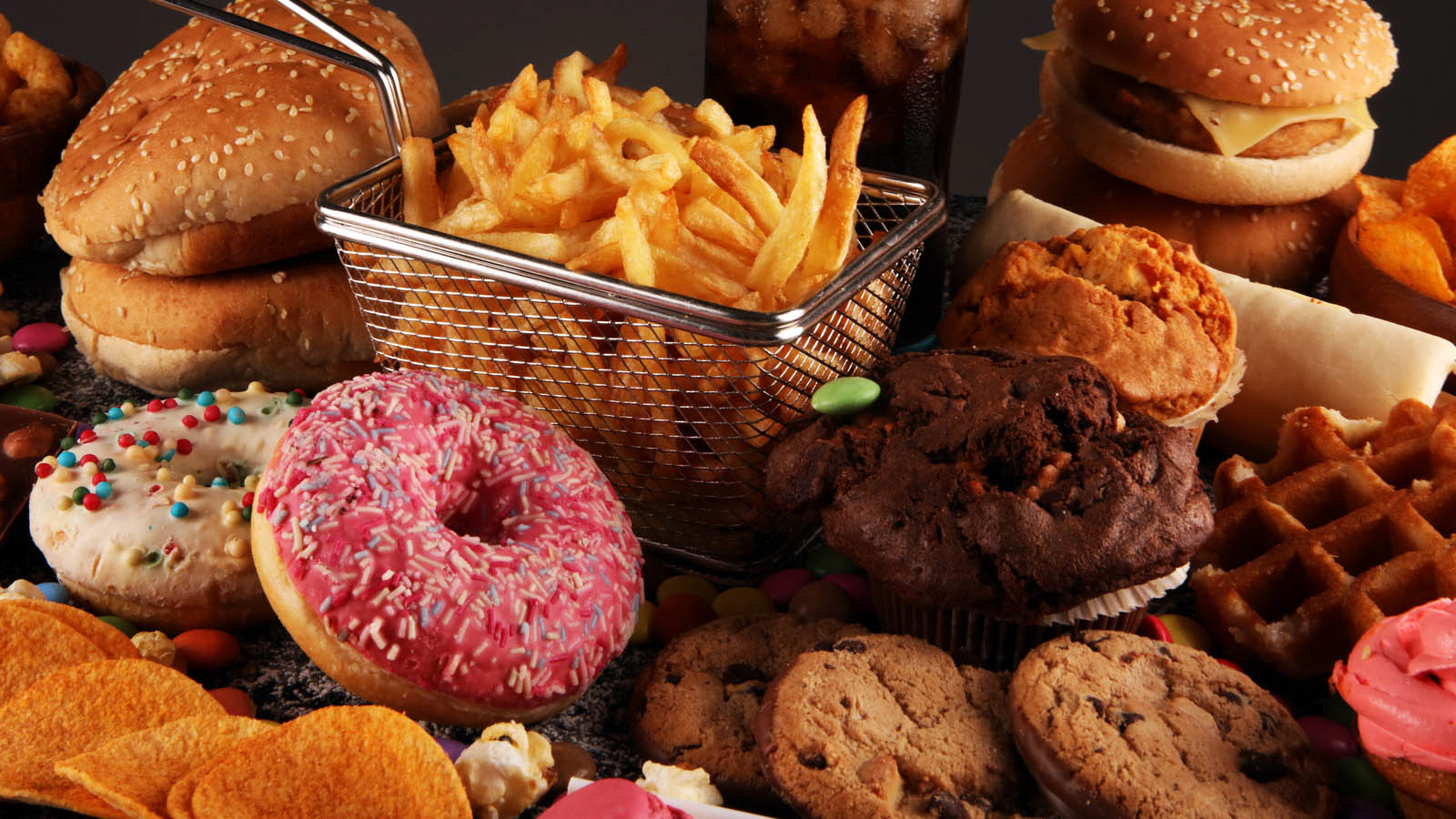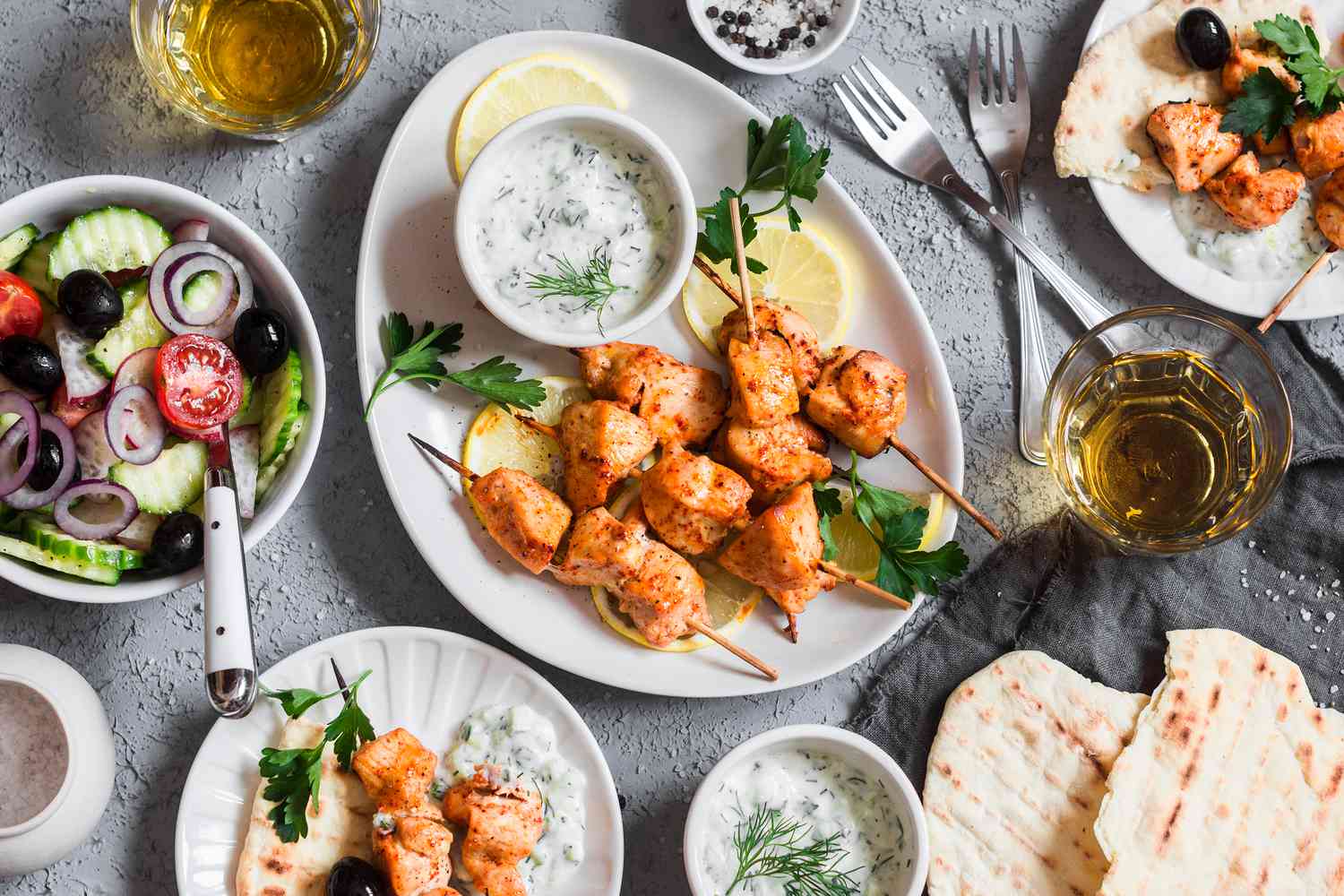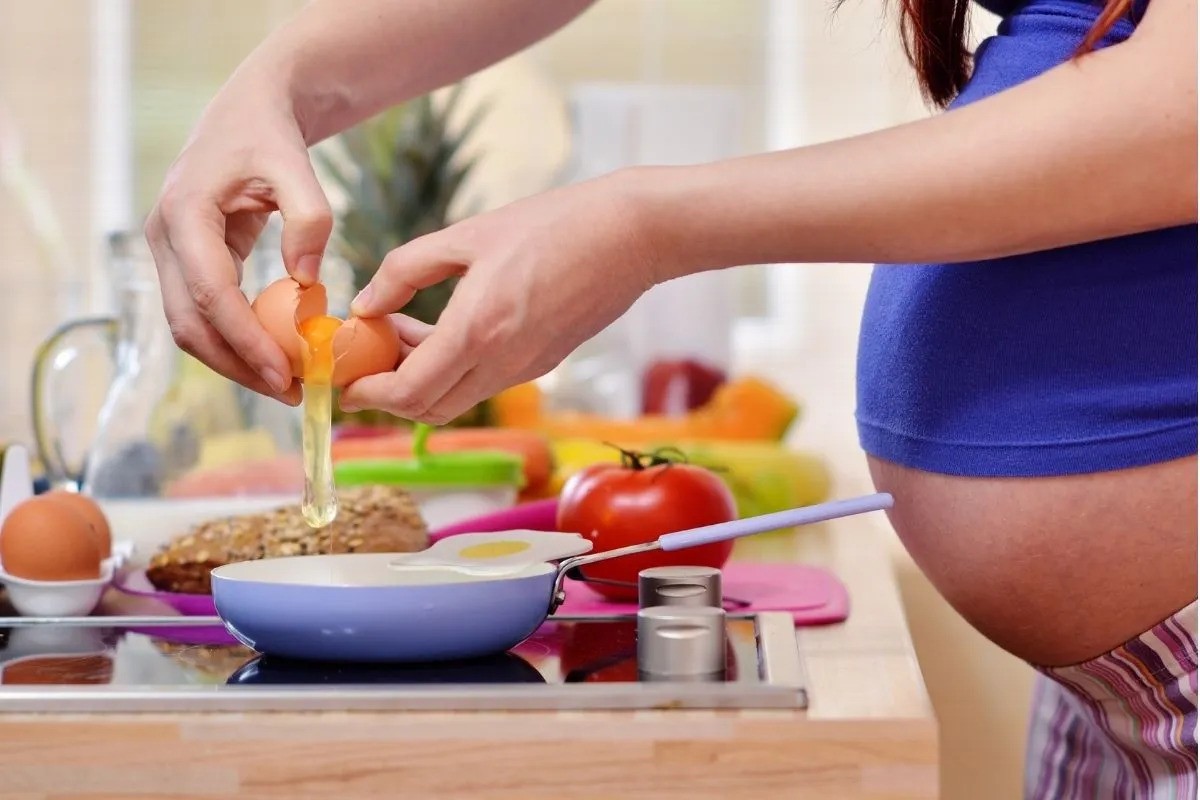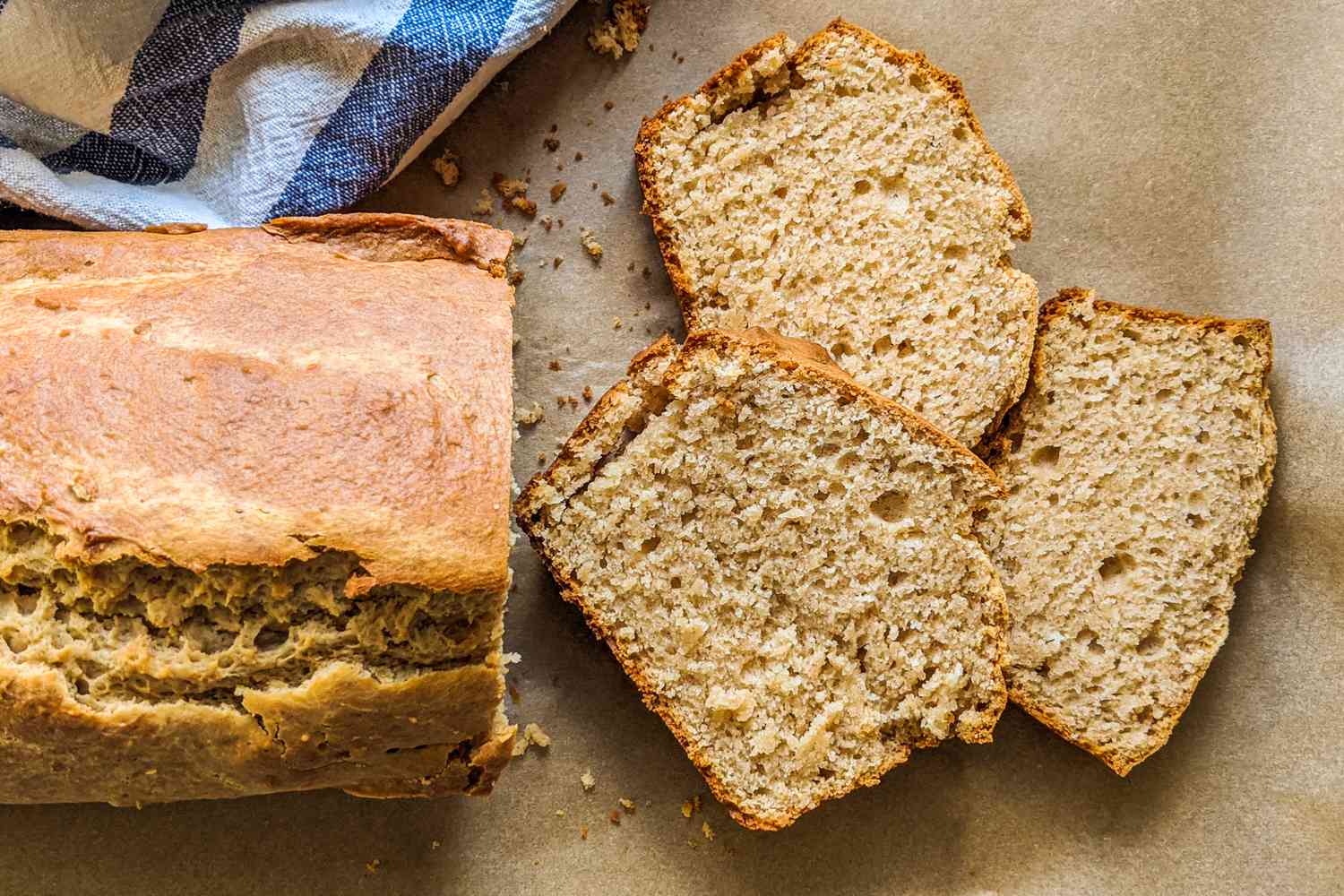Enjoying Salad and Healthy Vegetables Without Chewing
Salads and vegetables are an essential part of a healthy diet, providing essential nutrients and fiber. However, for individuals who have difficulty chewing, enjoying these nutritious foods can be a challenge. Whether due to dental issues, jaw pain, or other reasons, there are still plenty of ways to incorporate salads and vegetables into your diet without the need for extensive chewing. Here are some tips and techniques to help you savor the goodness of salads and healthy vegetables even when chewing is not an option.
Blending and Pureeing
One of the simplest ways to enjoy salads and vegetables without chewing is to blend or puree them into smoothies or soups. This method not only makes the food easier to consume but also retains the nutritional value. You can combine leafy greens, cucumbers, tomatoes, and other vegetables with a liquid base such as water or vegetable broth to create a refreshing and nutritious drink. Adding fruits like apples or berries can enhance the flavor and provide additional vitamins.
Opt for Soft and Cooked Vegetables
When chewing is a challenge, opting for soft and cooked vegetables can make mealtime more manageable. Steamed, roasted, or boiled vegetables such as carrots, sweet potatoes, zucchini, and squash can be easily mashed with a fork or spoon, making them easier to eat. Additionally, these cooking methods can enhance the natural sweetness and tenderness of the vegetables, making them more enjoyable to consume without the need for extensive chewing.
Choose Salad Ingredients Wisely
While traditional leafy greens like lettuce and kale may be difficult to consume without chewing, there are alternative salad ingredients that are easier to enjoy. Opt for softer options such as baby spinach, finely chopped or shredded cabbage, and tender microgreens. These alternatives can be more manageable to eat and still provide essential nutrients. Additionally, incorporating softer fruits like avocados, tomatoes, and ripe bananas can add variety and flavor to your salad without requiring extensive chewing.
Explore Grain and Legume Salads
Grain and legume salads offer a hearty and nutritious alternative to traditional leafy green salads. Quinoa, couscous, lentils, and other grains and legumes can be cooked to a soft and tender texture, making them easier to consume without the need for extensive chewing. Combine these with cooked vegetables, herbs, and a flavorful dressing to create a satisfying and easy-to-eat salad option. The variety of textures and flavors can make these salads a delightful addition to your mealtime.
Utilize Dressings and Sauces
Enhance the flavor and texture of your salads and vegetables by incorporating creamy dressings and sauces. Creamy avocado dressing, tahini-based sauces, or yogurt-based dressings can add richness and moisture to your salad, making it easier to swallow and enjoy. These additions can also provide additional nutrients and healthy fats, further enhancing the nutritional value of your meal.
Conclusion
While difficulty chewing may present challenges when it comes to enjoying salads and healthy vegetables, there are numerous strategies and alternatives to ensure that you can still savor the goodness of these nutritious foods. Whether through blending, opting for softer options, exploring alternative salad ingredients, or utilizing dressings and sauces, there are plenty of ways to adapt and enjoy a variety of salads and vegetables without the need for extensive chewing. By getting creative and exploring different preparation methods, you can continue to prioritize your health and well-being through a diverse and nutritious diet.
